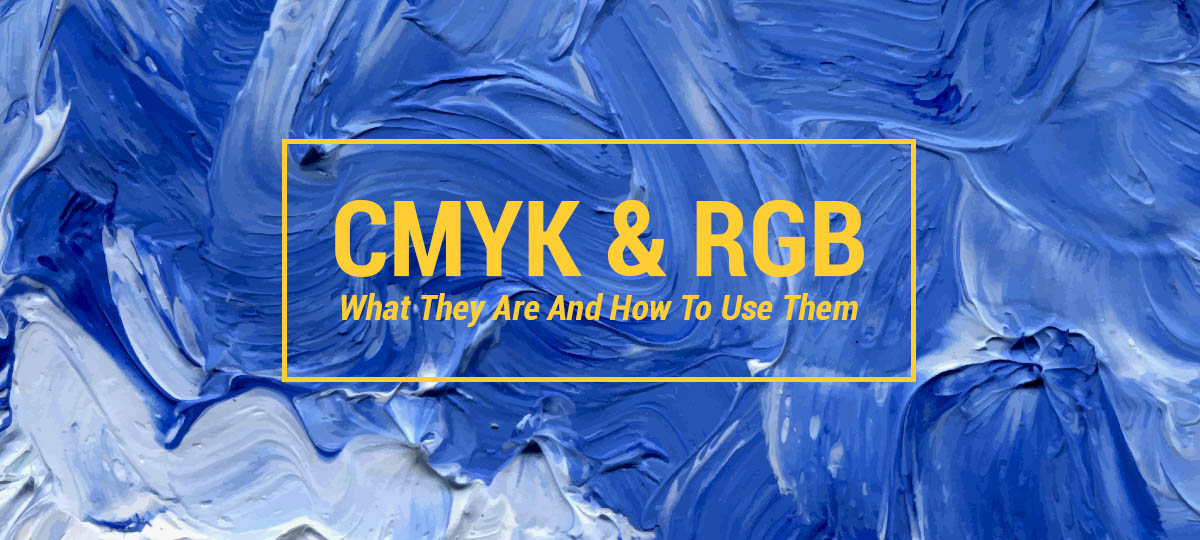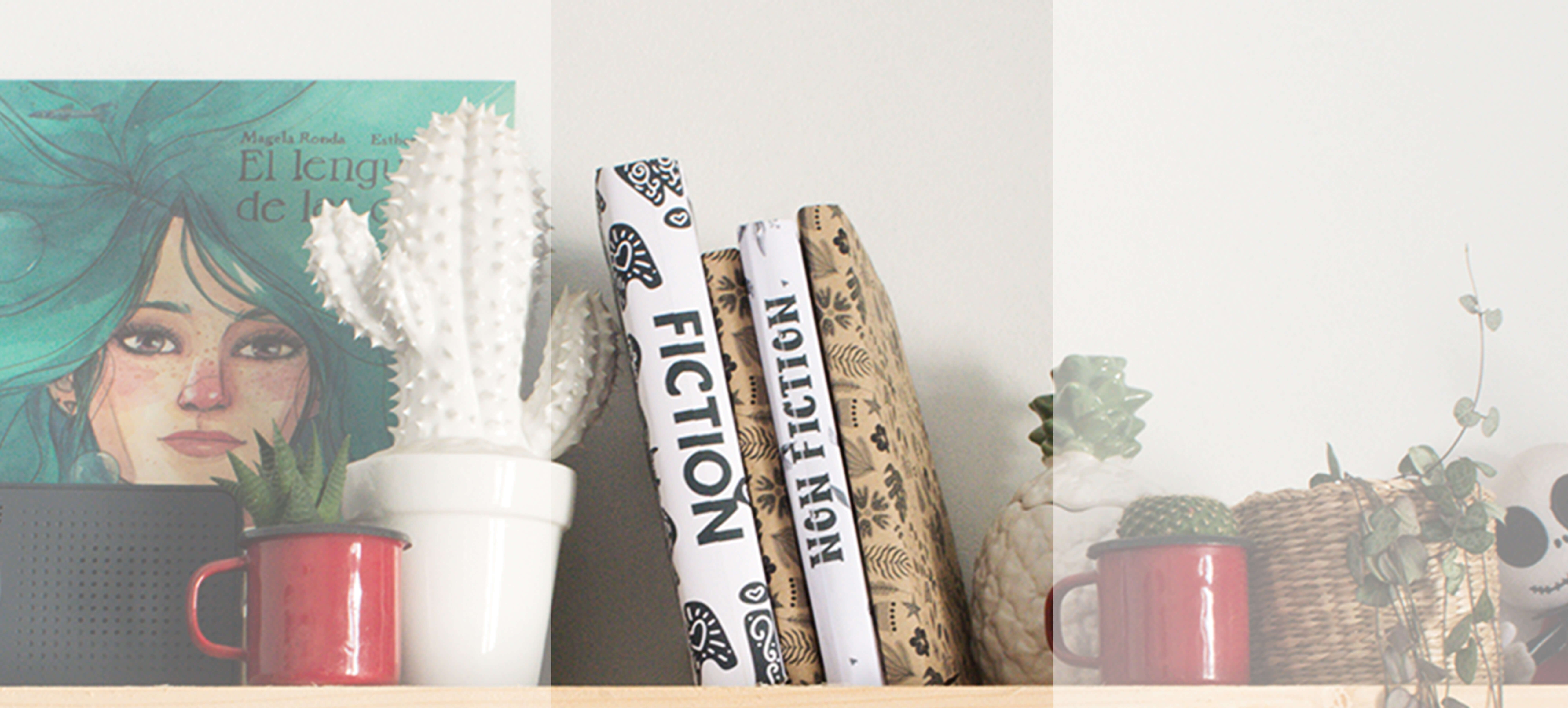Nowadays, the CMYK and RGB color palette are among the most used color systems out there. They can be, in theory, mixed with any other color and are quite popular among designers and practically everyone using them online.
CMYK and RGB: Definition and Uses
While the CMYK palette stands for Cyan, Magenta, Yellow, and Black – the RGB stands for Red, Green, and Blue, which makes the most sense for all of the artists.

However, in practice, RGB is the set that is used by electronic display on computer screens, while CMYK is used in the printing industry. The crucial factor that you need to understand is that there are two ways in which color is made – addictive and subtractive.
CMYK in the Printing Industry

RGB used by Electronic Displays

What’s The Purpose of Subtractive and Additive Colors?
There is a big difference between subtractive and additive colors. Whether you start with no light and add colors – or you start with saturated light and are taking away stuff to reveal the color that you want.

The thing about subtractive colors is that the more colors you mix, the darker the resulting one is. It’s because they use light reflective pigments and that the surface absorbs all the other light. So that’s why the black pigment gets hotter quickly since it absorbs (almost) all of the light energy and reflects (almost) none. Additive colors, on the other hand, require you to add more color for them to become brighter. This is mainly because they are emitting light. Therefore, if your computer screen starts by being quite black, as you add the RGB colors, the image is revealed and is getting brighter and brighter.
How To Choose Between CMYK and RGB

Now that you know how both of these systems work, you should also know that CMYK is generally favored by printers because it can be reproduced over and over with agreement about the exact colors that make up the mix. However, the print machines that are used nowadays are actually using 7, 8 or 12 colors – while artists use palettes of 20, 30 or even 40 colors when painting a picture. This is why the combination of two of the standard three additive primary colors in equal proportions produces an additive secondary color – cyan, magenta or yellow – which are the standard primary colors in subtractive color payments.

Therefore, it is safe to say that the subtractive system uses primaries that are actually secondaries of the additive system – only viewed as an alternative approach to reproducing a wide range of colors by controlling the amounts of red, green and blue light reaching our eyes.
In short, choose RGB for displays such as graphics for web design and online use. Go with CMYK if you plan to do any physical output such as printing business cards to billboard advertisements. Explore our blog for more resources! Learn how to design your own Facebook cover, or get the lowdown on commonly used image file types.




